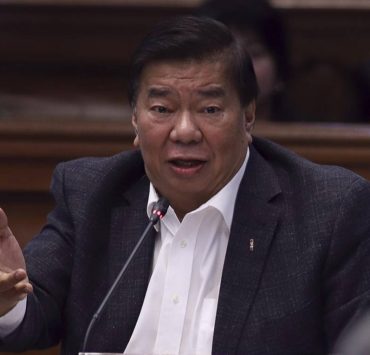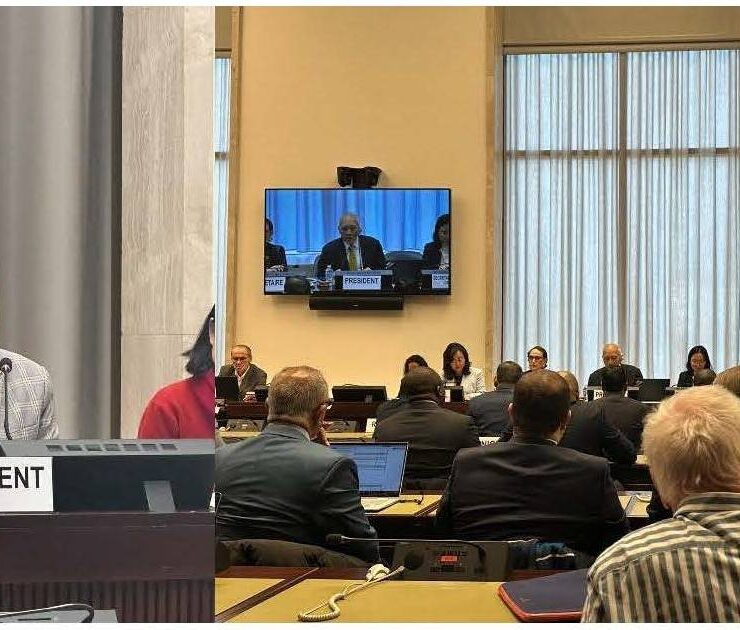Putting ‘idle water’ to better use
Water is life. As President Marcos succinctly put it, “‘Pag walang tubig, walang buhay. Ganoon lang kasimple ’yan.”
The premise may be a no-brainer, but delivering water to those who need it at an affordable price, presents a far more complex problem that has stumped several administrations. In fact, the presence of fragmented, multiple, and sometimes warring government agencies with overlapping responsibilities over water resources, plus the absence of an overarching national water use plan, have left millions of Filipinos with no access to clean water. This, despite the country being blessed with adequate and renewable raw water resources.
According to a study by the National Economic and Development Authority, only 87.7 percent of Filipinos have access to safe water while 73.8 percent have access to basic sanitation, as of 2015. Only 515 or 68.9 percent of the country’s 748 water districts are operational at varying levels of efficiency and coverage.
These worrisome figures could soon change, however, after an agreement between the Department of Natural Resources (DENR) and the National Irrigation Administration (NIA), which provides that excess irrigation water in dams and impoundments can be harnessed to provide drinking water and generate hydropower.
As pointed out by DENR Undersecretary Carlos Primo C. David, as much as 70 percent of the country’s water resources are allocated solely for agriculture through irrigation. But the water is left idle during the rainy season when irrigation becomes redundant. Some farmlands have also been converted for residential use by developers, “and yet our water is still locked in agriculture or irrigation use,” David said.
To unlock the precious water’s potential as a source of potable water supply, hydro energy, and even aquaculture, recreation, and tourism, the DENR plans to tap the private sector with as many as 135 water projects across the country to be offered for private investments in 2024. These projects represent 135 NIA water rights, with a total output of 1.2 million liters per second or 12,000 cubic meters per second. To illustrate the volume of water not being maximized, Metro Manila only needs 50 cubic meters to fill its drinking water needs. In Camarines Norte, the excess irrigation water in the Alawihao Dam can be used to provide water for the entire city of Daet.
“We have long looked at water as a disadvantage to this country because it brings flooding, damage to crops, traffic jams, and all the inconveniences that come with it,” said David, “However … [it] is actually one of the greatest assets of the country, and it’s about time that we actually capitalize on this natural asset and make it work toward economic development and progress for local communities.”
By inviting the private sector, capital, innovation, and technologies can be deployed to ensure the most efficient and optimized use of water without sacrificing the sustainability of the water resource, and its primary use for irrigation that results in food security.
As an added incentive, DENR Secretary Maria Antonia Yulo-Loyzaga said these projects would be structured in a way that would allow part of government revenues to go to watershed protection projects for the constant replenishment of the water supply. The innovative concept from the convergence of several government agencies with water-related functions is an example of what having a singular policy direction and proper planning and coordination can accomplish.
This should be ample reason for lawmakers to seriously consider the proposal of establishing a Department of Water Resources, an apex body to manage all operations related to water. Mr. Marcos has taken a major step in this direction with the issuance of Executive Order No. 22, which established the Water Resources Management Office under the DENR. The office is responsible for the “integration and harmonization” of all government agencies and activities related to water management and use.
For Sen. Grace Poe, no less than a separate department is needed to avert a full-blown water crisis, especially with the occurrence of extreme weather events such as El Niño, which is characterized by an extended dry spell. As Poe noted, the country’s water woes are simply “too big” to be met with disjointed response among major government agencies whose functions are related to water, including the National Water Resources Board, Local Water Utilities Administration, Metropolitan Waterworks and Sewerage System, and even local government units. Said Poe, who chairs the Senate public services committee, “Simply put: Our tubig sector is too big. So before we all sink, we need nothing less than a Titanic reform to prevent a Titanic disaster.”
Given that the gap between available water supply and demand continues to widen—with some areas already experiencing water stress and scarcity to the point that a water crisis is projected to worsen by 2040—it is a warning that policymakers and legislators cannot afford to ignore.





















